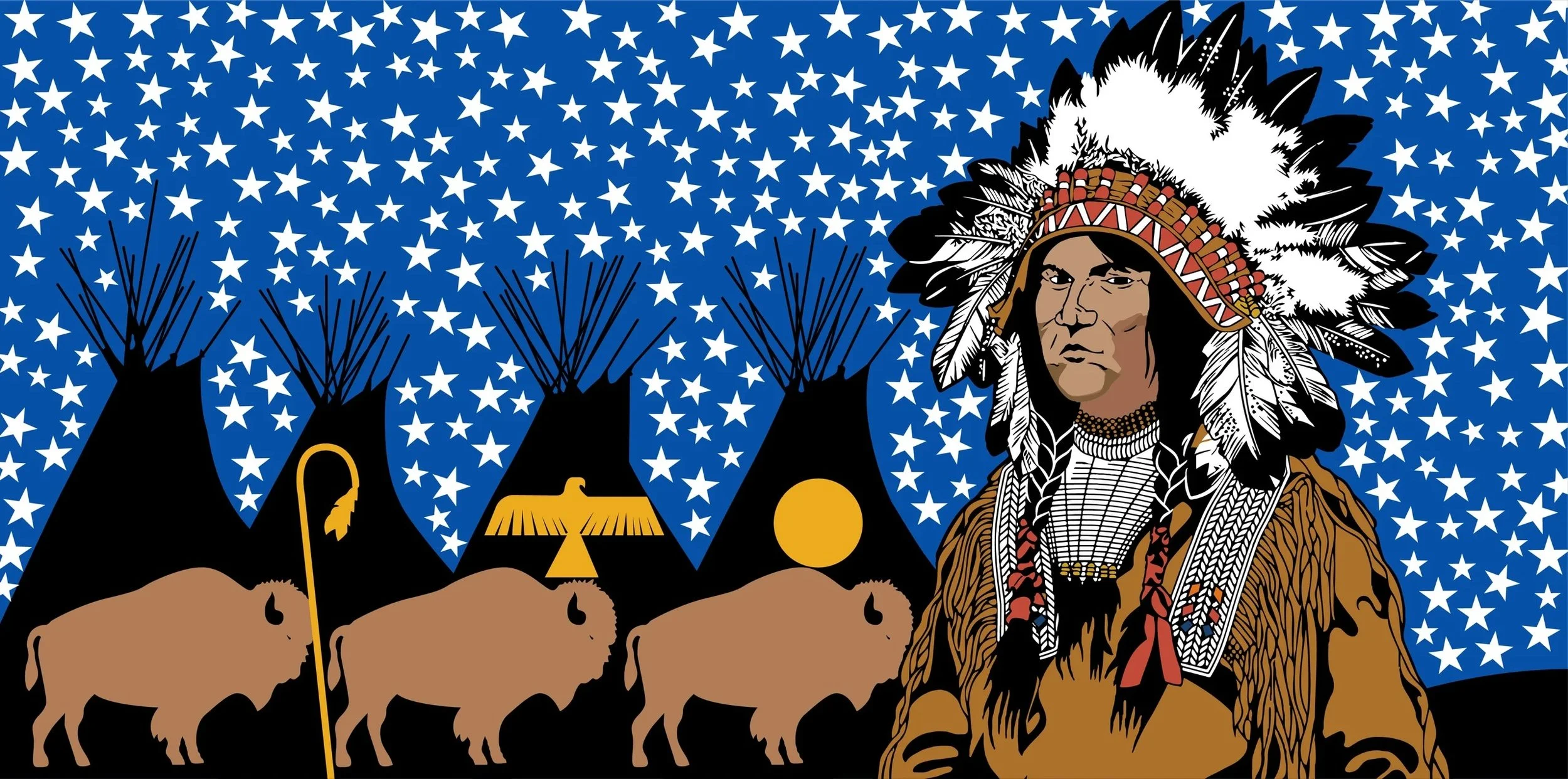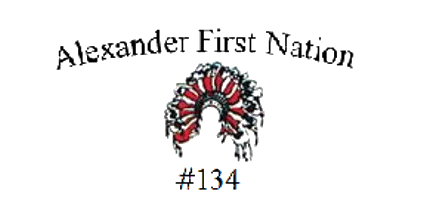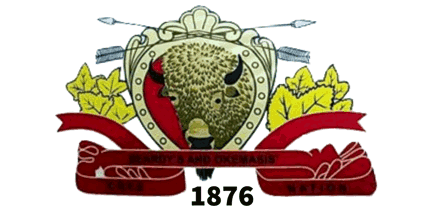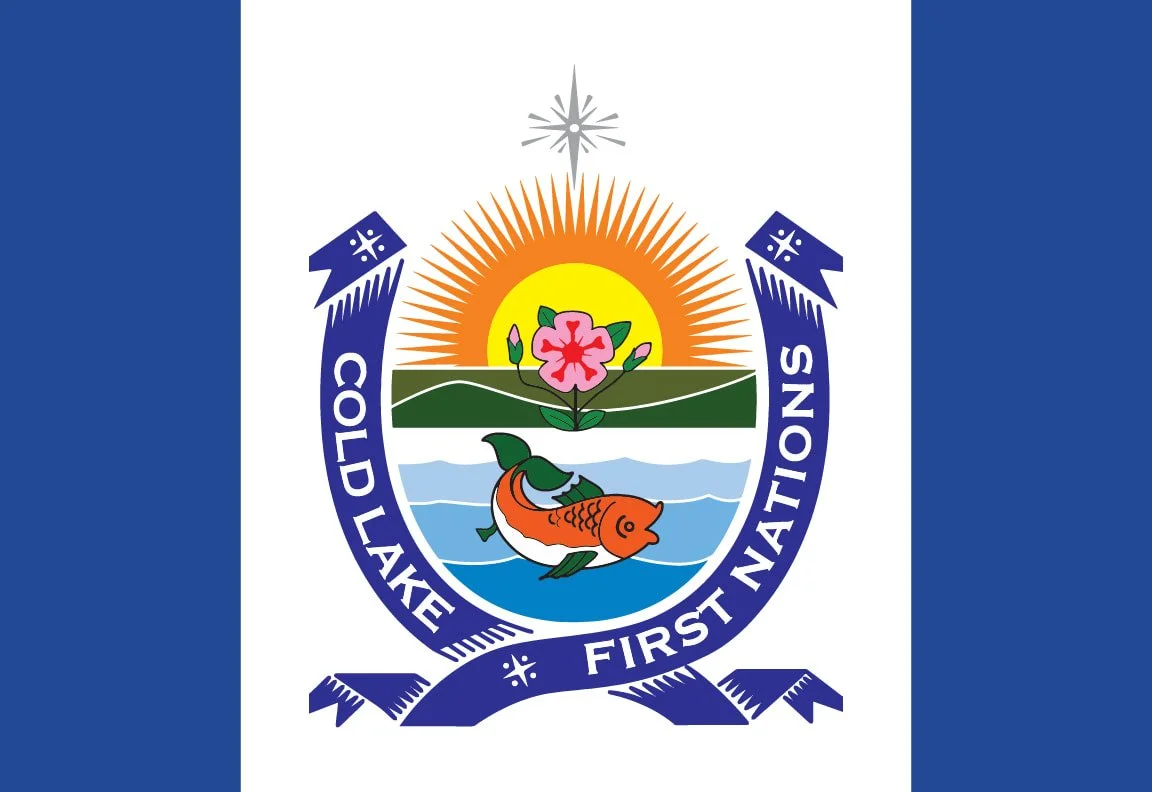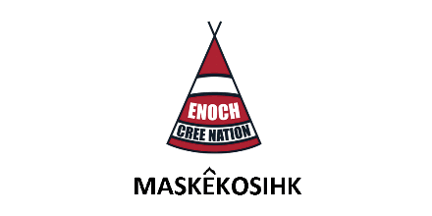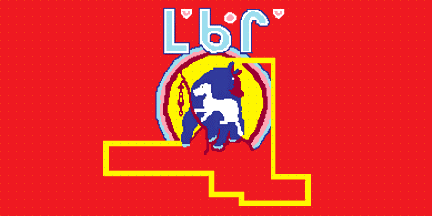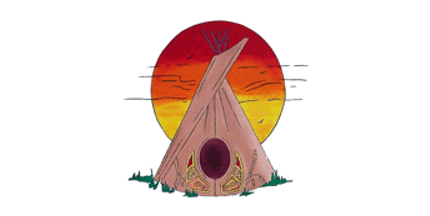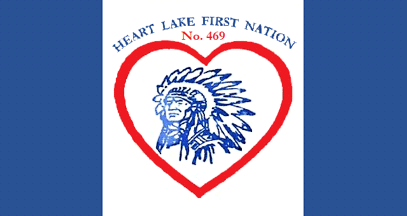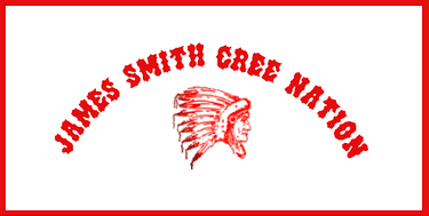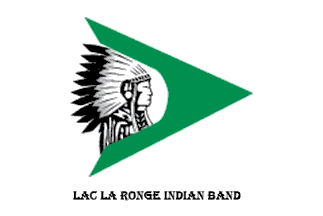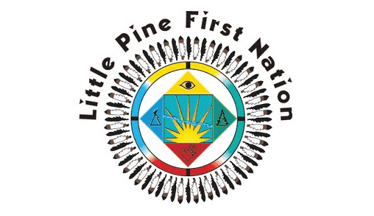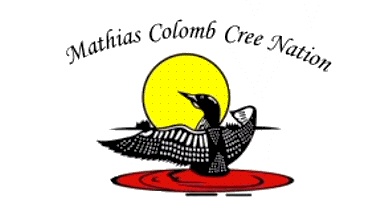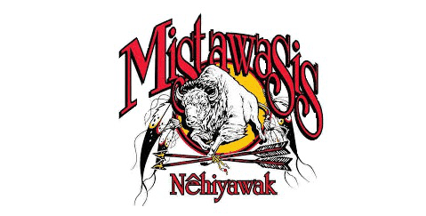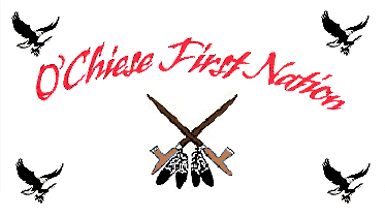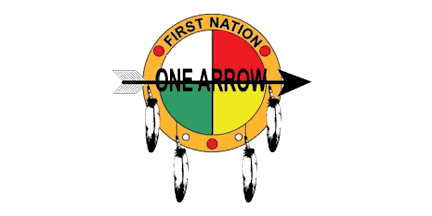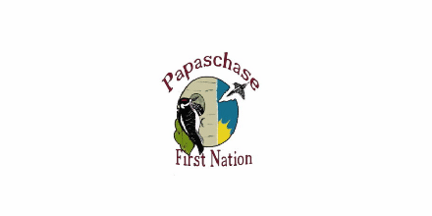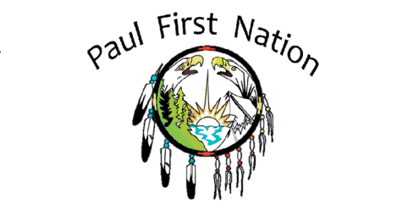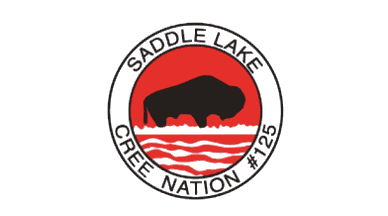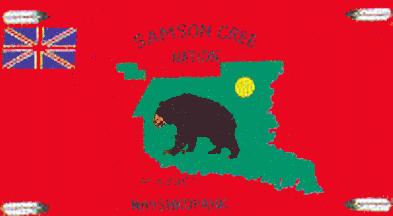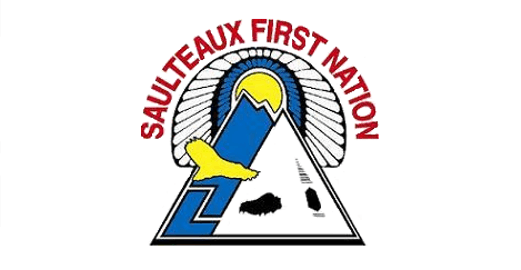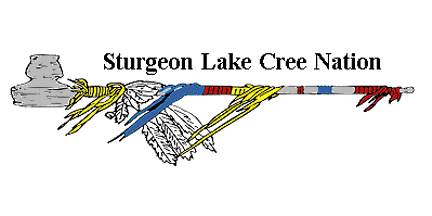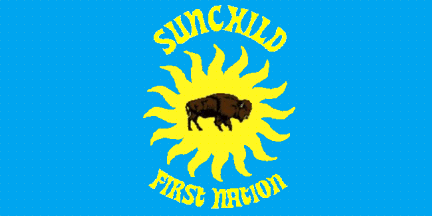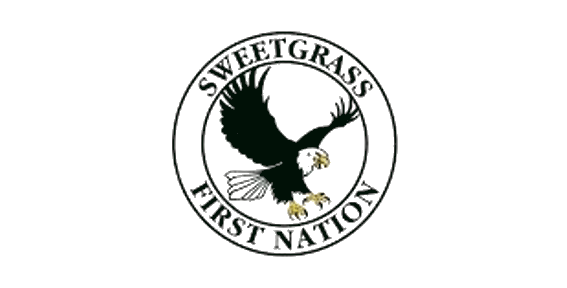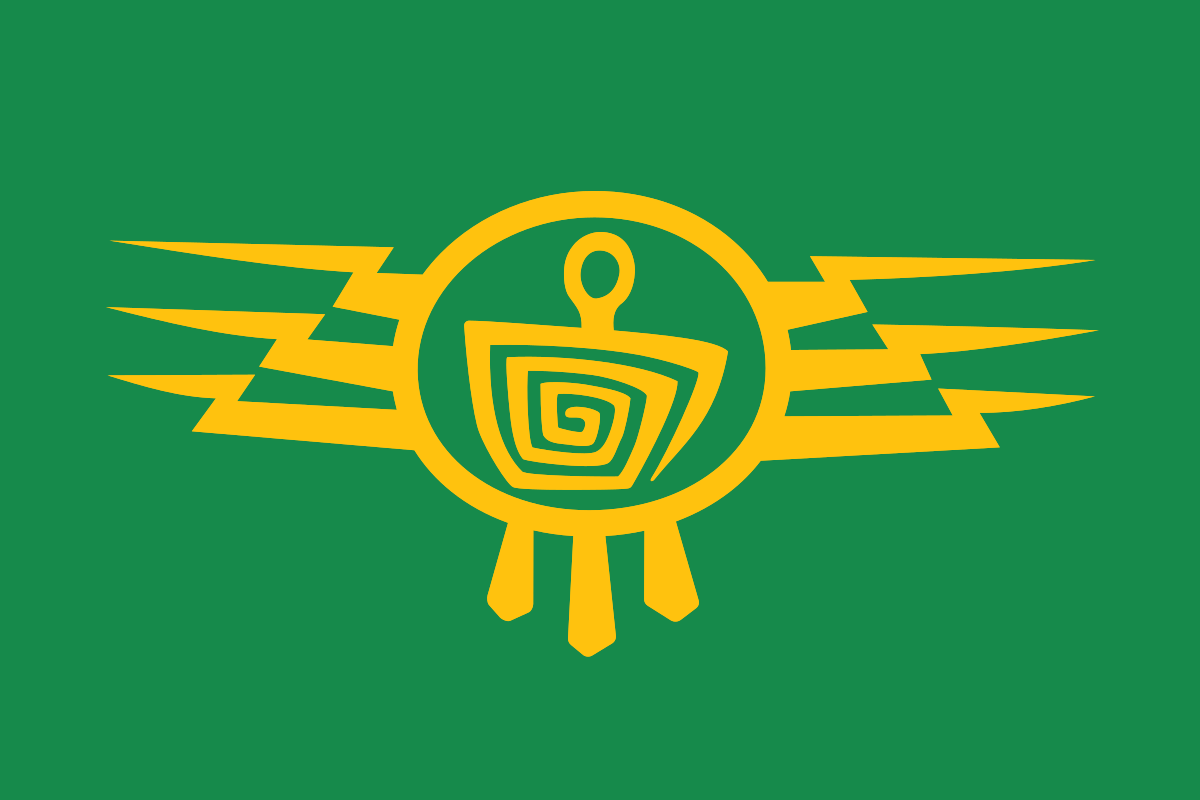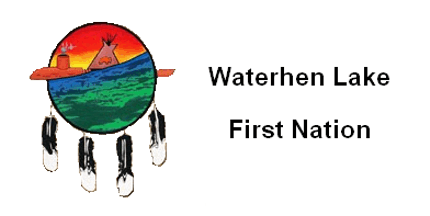Treaty Six
The Flag of Treaty Six
The Treaty 6 Flag is a symbol of the historical and ongoing relationship between the Indigenous peoples of Canada and the Canadian government. The flag, which represents Treaty 6, was created to honor the agreement made between the Crown and the Indigenous nations of the prairies. Treaty 6 is one of the many treaties signed between Indigenous peoples and the Canadian government in the late 19th century. It covers a vast region, primarily located in what is now central Alberta and Saskatchewan. The flag stands as a reminder of the promises made in the treaty, the cultural heritage of the nations involved, and the complex relationship that continues to evolve today.
Treaty 6 was signed in 1876, following a series of negotiations between the Canadian government and several First Nations, including the Cree, Saulteaux, Assiniboine, and other Indigenous groups. The treaty was part of a larger strategy by the Canadian government to encourage settlement in the western part of the country. However, it was not merely a land agreement. It was also meant to ensure the provision of resources and support for the Indigenous peoples who had lived in the area for generations. In return for their land, the Indigenous signatories were promised protection of their rights, agricultural assistance, and the continuation of their traditional ways of life.
The flag's background is based on the Union Jack, symbolizing British colonial authority at the time of treaty signing. A circular emblem in the middle features the famous Treaty No. 6 medal, depicting a handshake between a First Nations leader and a British official. The inscription on the medal reads: “As long as the sun shines and the river flows”, referencing the treaty’s promise of perpetual partnership and shared land use. On top of the Union Jack there is text that reads “TREATY NO. 6" "1876" "TERRITORY" around silver medal.
Map of the Numbered Treaties
The Treaty 6 Flag serves as a symbol of both the past and the future. It reminds Canadians of the history of Treaty 6 and the promises that were made to Indigenous peoples, many of which have not been fully realized. At the same time, it is a symbol of hope and a call for continued dialogue and cooperation. The Treaty 6 Flag is a powerful reminder that treaties are living agreements, and that the work of reconciliation and healing is ongoing.
In conclusion, the Treaty 6 Flag is not just a symbol of a historical agreement, but a reminder of the enduring relationship between Indigenous peoples and the Canadian government. Its design incorporates elements that honor Indigenous traditions and cultures, while also symbolizing the ongoing process of reconciliation. As such, it is a meaningful and important emblem in the journey toward mutual respect, understanding, and healing.
Treaty Six Communities
Communities Without a Flag
Montana First Nation
Marcel Colomb First Nation
Witchekan Lake First Nation
Recently Posted
Categories
- Alberta 11
- Armed Forces 17
- British Columbia 7
- Canada 140
- Cities 68
- County / Municipality / Regional District / Township 2
- Government 10
- Historical 2
- Indigenous 18
- International Flags 28
- International Organizations 3
- Manitoba 5
- New Brunswick 4
- Newfoundland 8
- Northwest Territories 4
- Nova Scotia 6
- Nunavut 5
- Ontario 9
- Police 1
- Prince Edward Island 4
- Quebec 24
- Royalty 7
- Saskatchewan 7
- Schools 1
- Sports 6
- Yukon 2
